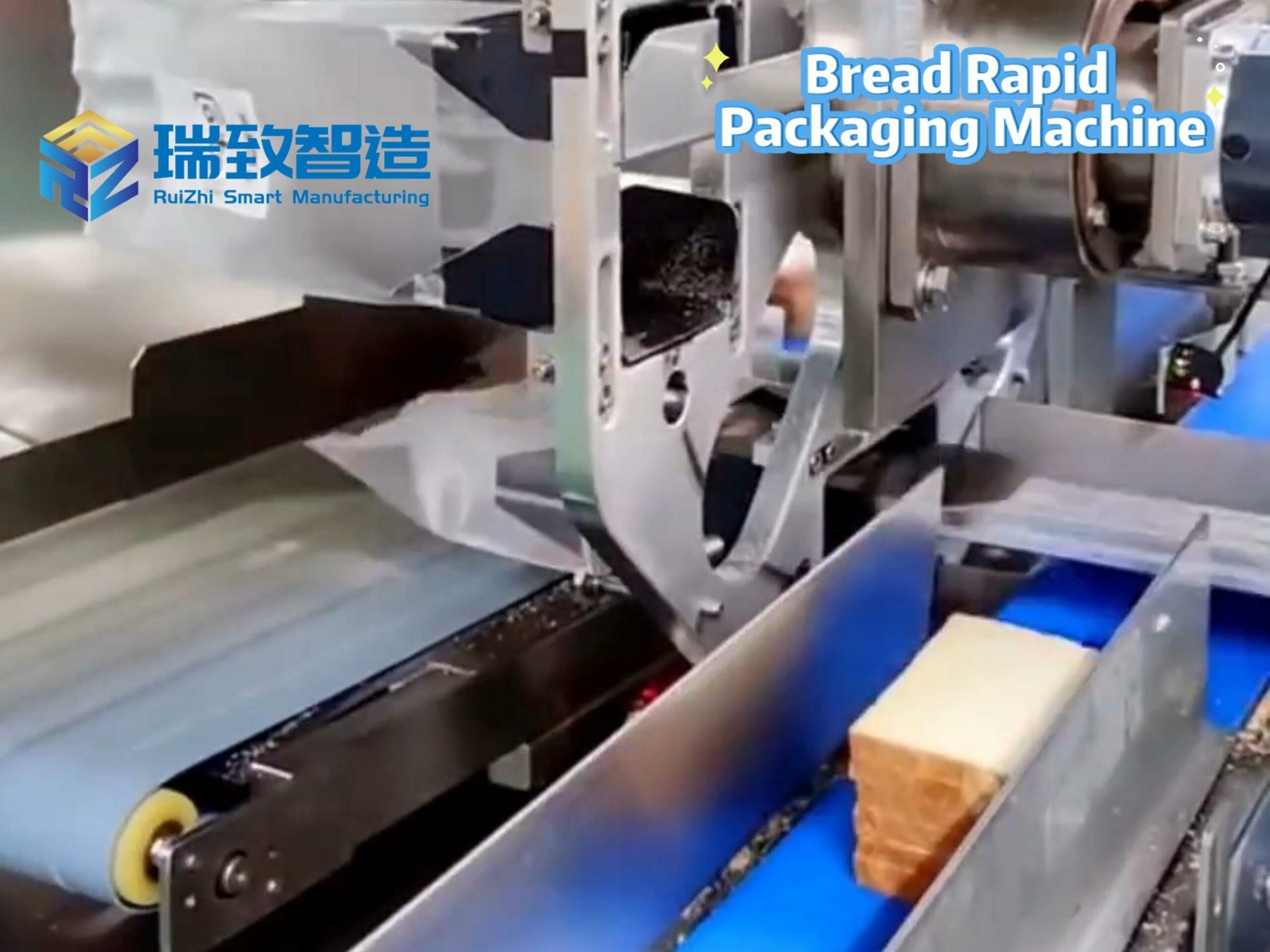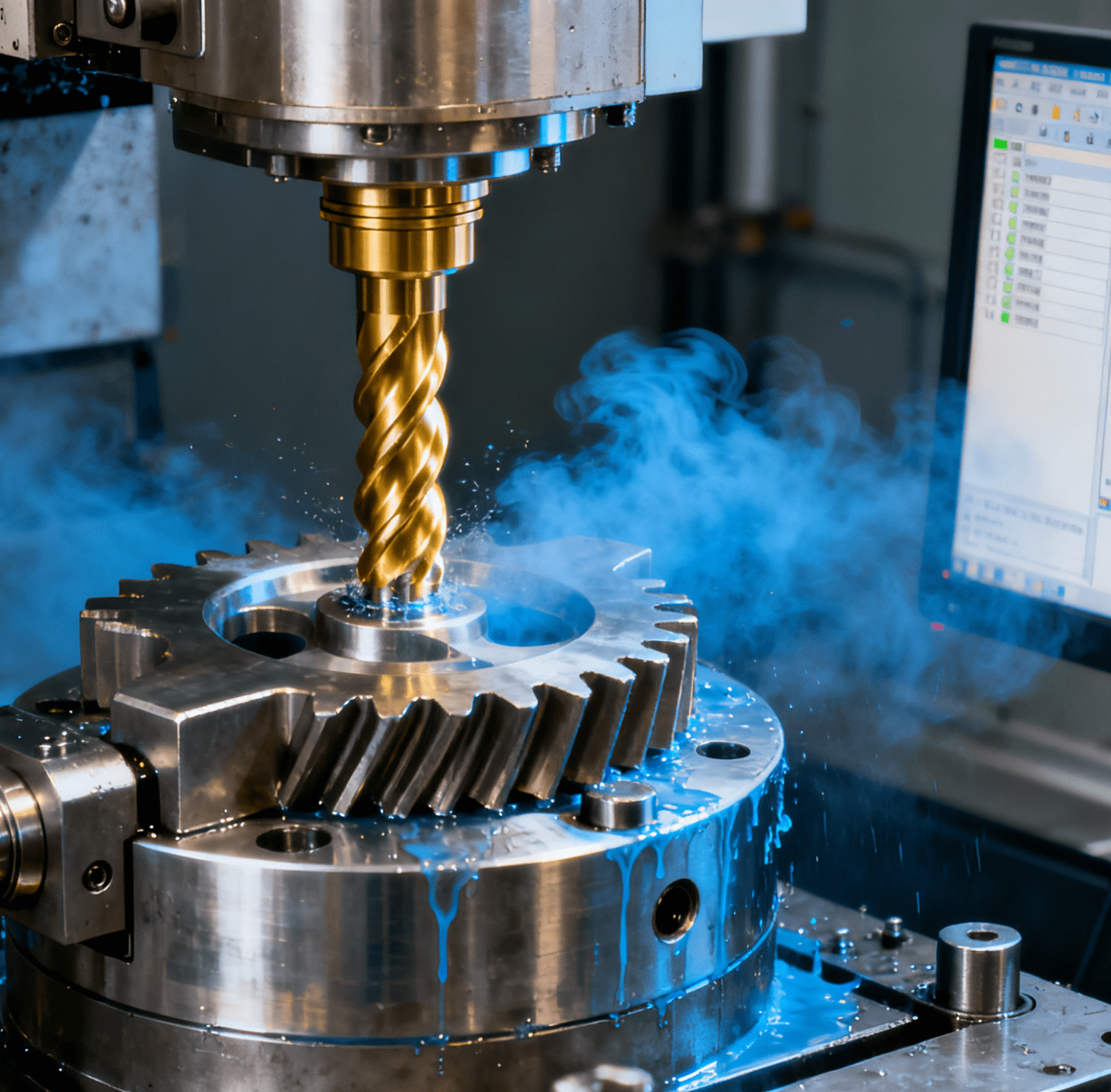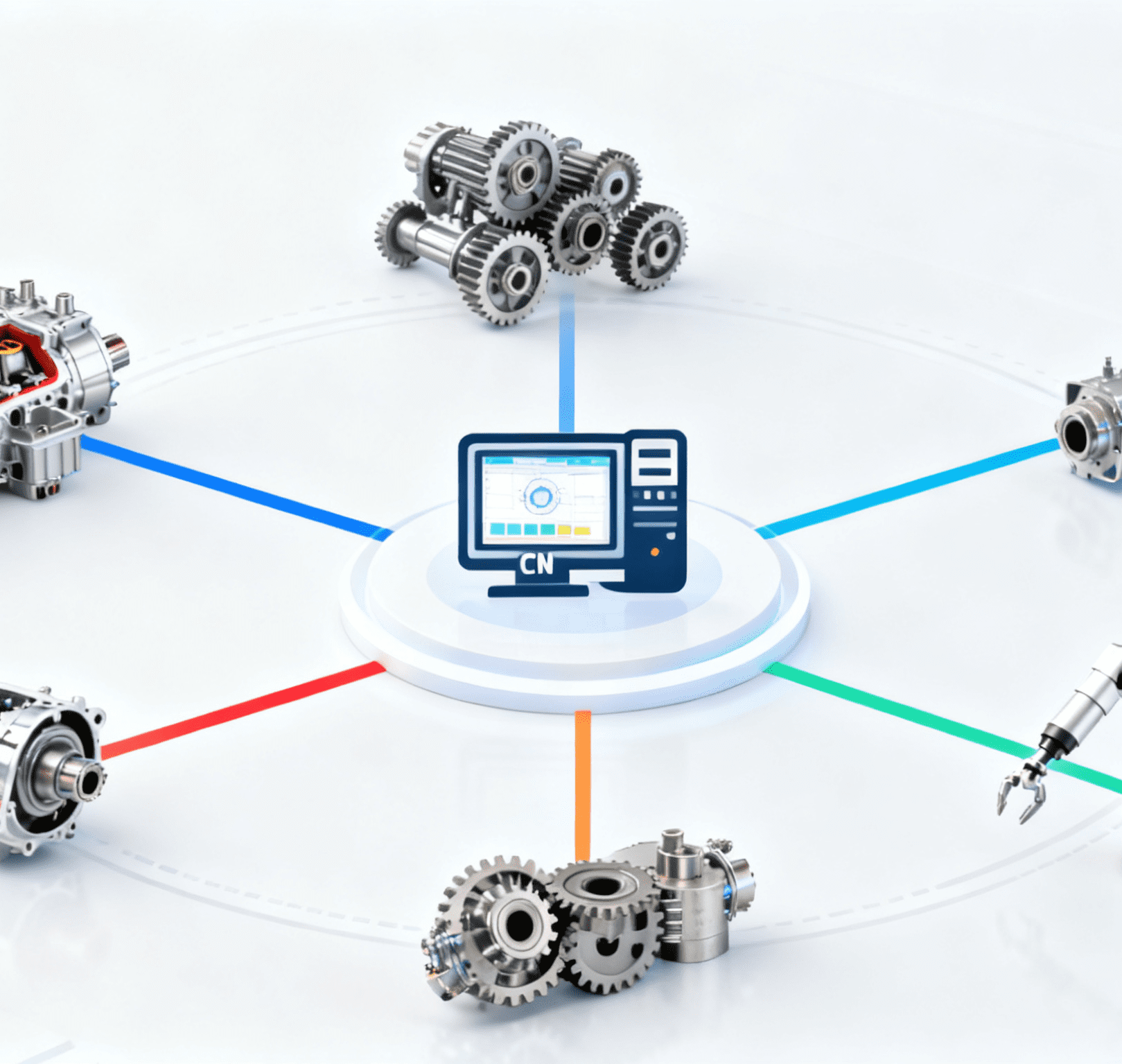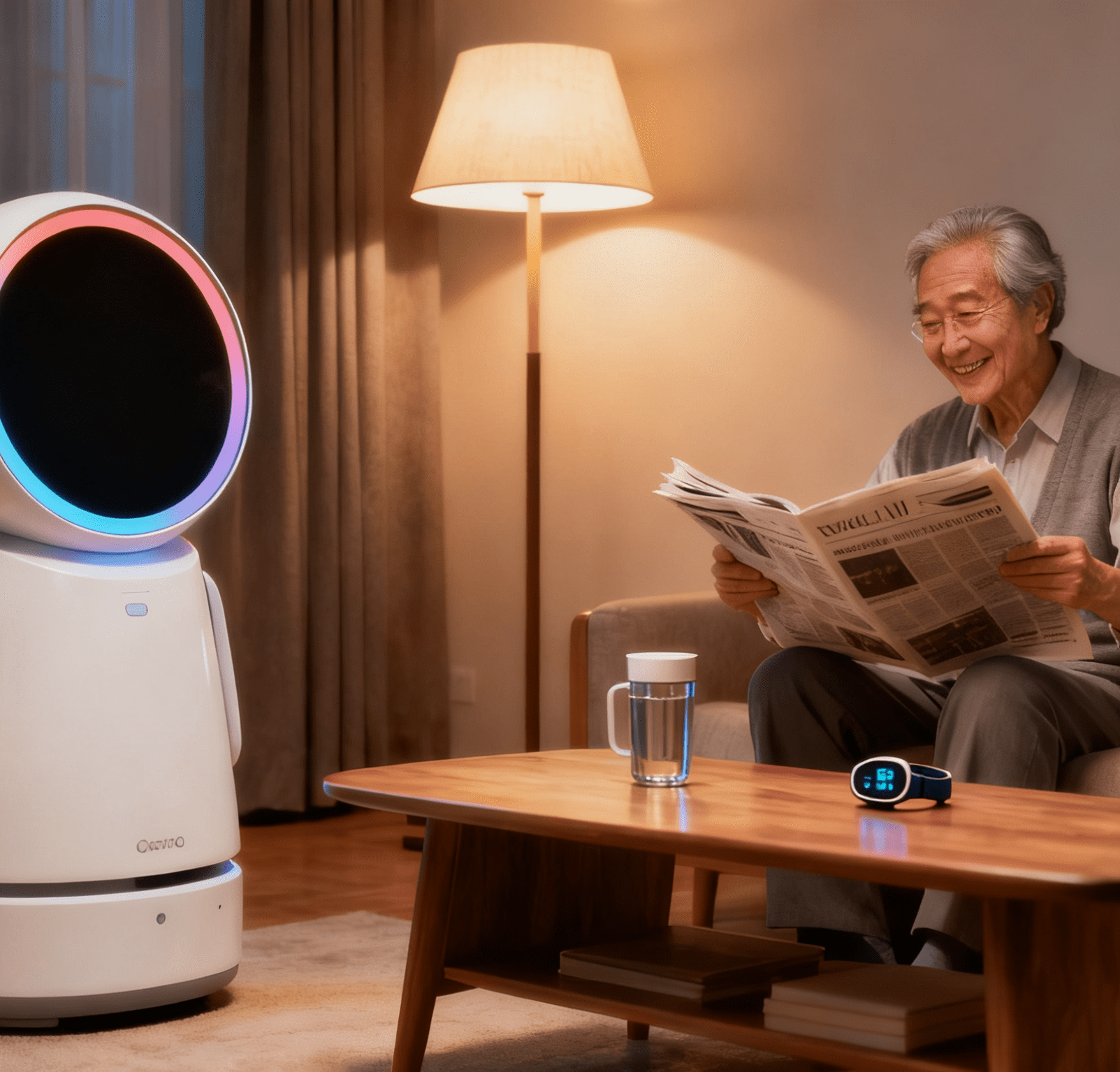Table of Contents
ToggleFrom Automation to Orchestration: How Intelligent and Industrial Automation Converge for Digital Success

In the era of digital transformation, the evolution from isolated automation to strategic orchestration has become non-negotiable. Organizations worldwide are realizing that intelligent automation—when seamlessly integrated with industrial automation—holds the key to unlocking operational excellence. Yet, the proliferation of automation tools and equipment, from factory-floor robotics to AI-driven software, has created a paradox: while automation equipment promises efficiency, uncoordinated implementation often leads to fragmented workflows. Recent research highlights that businesses now manage an average of 50 endpoints per process—a 19% increase in five years—with 82% fearing an “Automation Armageddon” without a unified approach. The challenge? Transforming disjointed automation efforts into a harmonized system where intelligent and industrial automation complement each other.
Bringing Order to Automation Complexity
As automation becomes more ingrained, organizations are facing new operational risks that threaten efficiency, compliance, and agility. One of the biggest challenges is the sheer volume of interconnected systems and workflows that businesses now rely on. When it comes to process complexity, more than three quarters of organizations say that a lack of control has resulted in increased risk that core business processes are not working anymore.
At the same time, rising regulatory demands are making compliance more difficult. A lack of control has also increased business risk relating to compliance, and many organizations lack the visibility to ensure compliance across all automated processes.
As automation scales, it becomes harder to gain insights into what’s working, what’s redundant, and where bottlenecks exist. This lack of visibility makes it difficult for leaders to drive continuous improvement and ensure automation is delivering real value.
AI: The Operationalizing and Scaling Challenge
Despite AI being at a relatively early stage in terms of widespread adoption, AI is already revolutionizing industries, enhancing decision-making, improving customer experiences, and driving efficiencies across business processes. Many organizations are eager to expand their AI capabilities, integrating machine learning models, predictive analytics, and AI agents to uncover new opportunities.
A significant challenge facing organizations is being able to operationalize and scale AI; 85% of organizations report such challenges, highlighting the difficulty of moving from isolated AI implementations to fully embedded AI-driven end-to-end processes. This fragmented approach makes it difficult for businesses to realize AI’s full value, as disconnected AI initiatives fail to work cohesively within larger business processes.
Another hurdle is governance and compliance. As AI becomes more embedded in decision-making, organizations need clear oversight into how models are trained, deployed, and maintained. Transparency is crucial, particularly in regulated industries where AI-driven decisions must be explainable and auditable.
To overcome these challenges, organizations must implement “guardrails” that combine deterministic workflows with the non-deterministic nature of AI capabilities. By clearly defining operational parameters, businesses can ensure AI operates autonomously while adhering to organizational policies and regulatory standards. This approach allows businesses to leverage AI’s adaptability and predictive power within structured, reliable processes without sacrificing compliance or control.
How AI Can Be Integrated
AI systems need to be seamlessly integrated into existing business processes to ensure they deliver real value. Without orchestration, AI often functions in isolation, requiring manual effort to synchronize with other process endpoints. This disconnect leads to inefficiencies and makes it impossible to “control” AI sufficiently.
Embedding AI within a structured orchestration framework provides clear governance and simplifies management—effectively balancing predictable, deterministic workflows with the adaptive, non-deterministic capabilities of AI, which are increasingly executed by one or more AI agents. Structured orchestration defines clear interactions between human and AI-driven tasks and delivers real-time visibility into operations. This reduces complexity, eliminates silos, and unlocks AI’s full potential as a strategic asset.
Process orchestration also enables organizations to build processes quicker with the help of AI, as modern orchestration tools can help teams in the process modelling phase. Furthermore, process orchestration allows organizations to gain insights into end-to-end processes in real-time and detect bottlenecks or other problems within an automated process. AI can then help to find solutions to solve the process issues, enabling businesses to optimize operations, improve decision-making, and scale AI usage effectively.
To fully leverage AI, organizations must move beyond ad hoc implementations and toward a strategic, orchestrated approach. This way, they can maximize efficiency, maintain compliance, and ensure that AI contributes meaningfully to broader digital transformation efforts.
Why Orchestration Helps Ensure AI and Automation Initiatives Play the Right Tune
To regain control, organizations must embrace end-to-end process orchestration as a core part of their business and IT strategy. Process orchestration and automation allows organizations to tame complexity, operationalize AI, and accelerate transformation. Organizations can design, manage, and improve the processes that underpin their business, no matter what the processes entail or where they run. Additionally, it serves as a critical link between IT and business teams, aligning automation initiatives with real operational needs and long-term business goals.
Orchestration: The Bridge Between Automation Chaos and Strategic Excellence
Automation without orchestration is like a symphony without a conductor—powerful tools operating in dissonance. To thrive in the age of intelligent automation, organizations must recognize that industrial automation systems and modern AI-driven tools are not competing forces but complementary components. By embedding automation equipment within a structured orchestration framework, businesses can:
- Align factory-floor robotics (industrial automation) with AI-powered predictive models (intelligent automation) to optimize production lines in real time.
- Use orchestration to monitor automation equipment health, preventing downtime and ensuring compliance across dispersed operations.
The future belongs to enterprises that view orchestration not as a technical add-on but as the strategic backbone of their automation strategy. As intelligent and industrial automation continue to converge, those who master orchestration will turn automation from a source of complexity into a competitive edge—avoiding digital chaos and positioning themselves as leaders in the next wave of industrial innovation. Automation is inevitable, but chaos is a choice. Orchestration is the antidote.




















